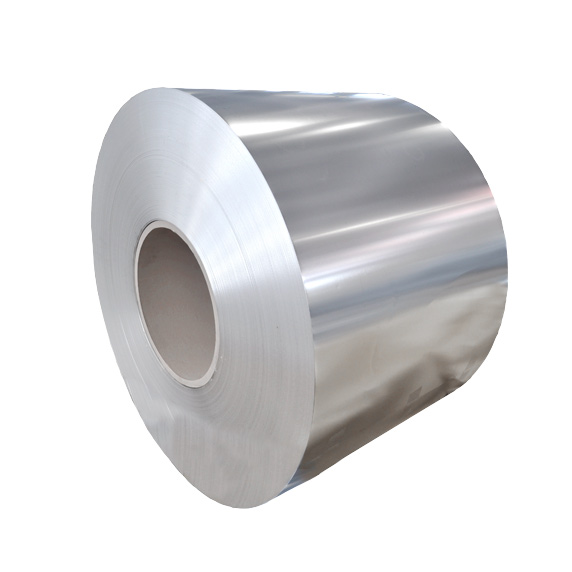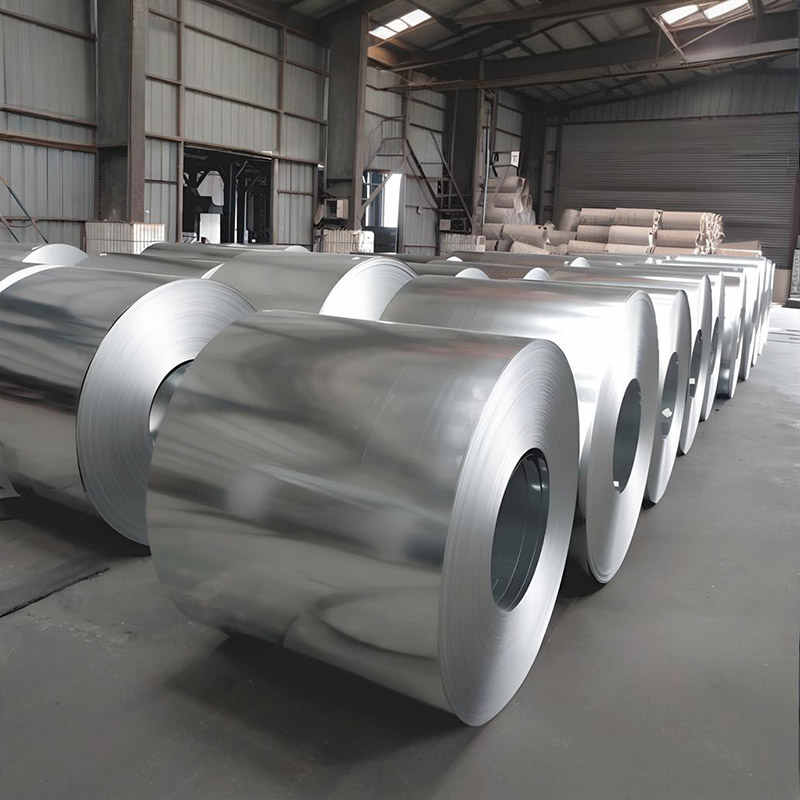In an era where environmental consciousness is reshaping consumer preferences and regulatory landscapes, the packaging industry faces an urgent need for sustainable solutions. Among these, tinplate emerges as a compelling contender for the future of eco-friendly packaging. But what makes tinplate stand out in a crowded market of alternative materials?
Tinplate, which consists of thin steel sheets coated with a layer of tin, offers remarkable recyclability without loss of quality. Unlike many plastic alternatives that degrade after each recycling cycle, tinplate can be recycled indefinitely while maintaining its integrity. This characteristic positions tinplate as a cornerstone material in the circular economy, significantly reducing waste and conserving natural resources.
How does tinplate compare to other packaging materials in terms of environmental impact? Studies indicate that tinplate has a lower carbon footprint throughout its lifecycle compared to many plastic and glass alternatives. Its production process has become increasingly energy-efficient, with manufacturers implementing innovative techniques to reduce emissions and resource consumption. Additionally, tinplate’s exceptional barrier properties extend product shelf life, reducing food waste—a critical environmental benefit.
What industries are leading the adoption of tinplate packaging? The food and beverage sector remains the primary consumer, appreciating tinplate’s ability to preserve product quality and safety. However, cosmetics, pharmaceuticals, and specialty goods are increasingly recognizing tinplate’s aesthetic appeal combined with sustainability credentials. This versatility allows brands to communicate their environmental commitment through premium, recyclable packaging.
The future of tinplate packaging looks promising, with ongoing innovations enhancing its sustainability credentials. Manufacturers are developing thinner gauges that maintain performance while reducing material use, exploring bio-based coatings, and implementing renewable energy in production processes. These advancements address the challenge of making tinplate production even more environmentally friendly.
Businesses considering a shift to tinplate packaging should recognize the dual benefits: meeting growing consumer demand for sustainable options while enhancing brand image. As environmental regulations become stricter, early adoption of materials like tinplate can provide a competitive advantage.
In sharing our industry observations, we’ve noticed that brands successfully communicating their tinplate packaging initiatives often experience increased consumer loyalty. The tangible, premium feel of tinplate combined with its eco-friendly narrative creates a powerful combination that resonates with environmentally conscious consumers. As we move toward a more sustainable future, tinplate represents not just a packaging choice, but a responsible investment in our planet’s wellbeing.



